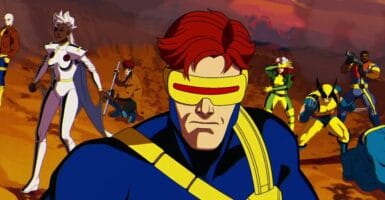The Green Hornet: Why Seth Rogen’s Superhero Movie Deserved Better
When the reboot of The Green Hornet was released in January 2011, after multiple delays and almost two decades of development in one form or another, the response was… not great.
This article is more than 2 years old
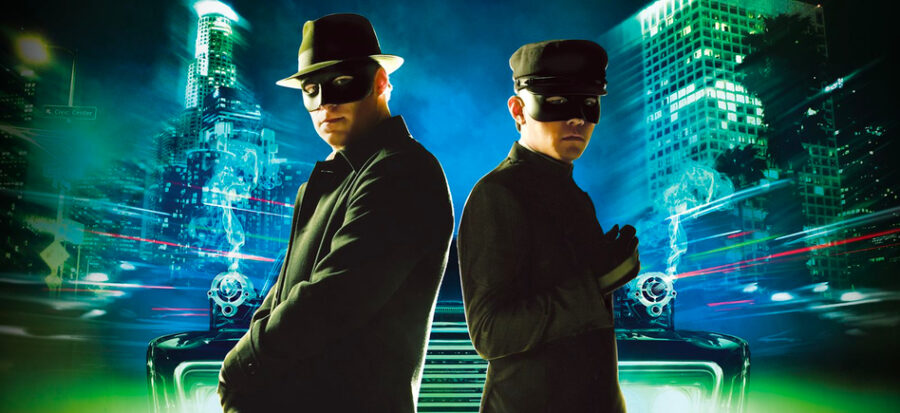
When the reboot of The Green Hornet was released in January 2011, after multiple delays and almost two decades of development in one form or another, the response was… not great.
Critics panned the superhero picture, and though it made $227 million at the global box office, with a $120 million budget and an expensive marketing campaign, it’s generally considered a flop in most regards. Which is too bad because there’s a lot to like.
Though the character of the Green Hornet has been around since the 1930s—first appearing in radio serials and then film serials—the movie is essentially a reworking of the TV series that ran from 1966-67. The show starred Van Williams as the title character and his wealthy publisher alter-ego Britt Reid, and Bruce Lee as his partner Kato.
The 2011 Green Hornet keeps the general building blocks in place, at least plot-wise. Britt Reid is a rich bachelor who owns a publishing empire. At night he dons a mask and fights crime, though in the guise of being a criminal—he uses this to infiltrate underworld organizations and set them up to fall. He has a sidekick named Kato who is a badass martial artist and even has a secretary named Lenore Case.
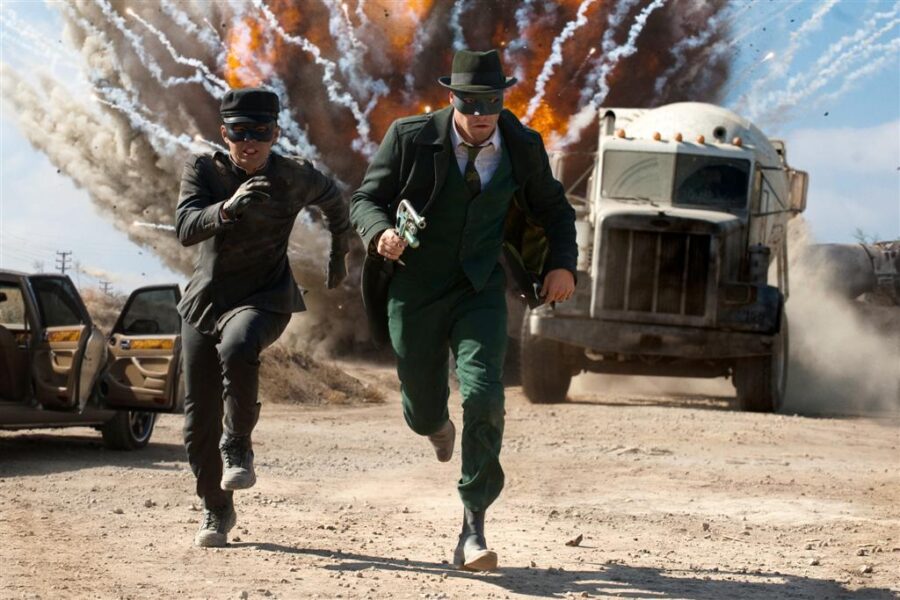
The biggest difference is the approach to the source material. Instead of a relatively straightforward action adventure, this version filters the set up through the comedic lens of Seth Rogen and his writing partner Evan Goldberg. The duo was riding high on successes like Pineapple Express and Superbad, and as an actor, Rogen was hot and becoming a leading man of sorts.
Rogen plays Britt Reid, the hard-partying son of media mogul. When his father dies, he does that thing that so often happens in a Seth Rogen movie: circumstances force him to transition from wayward slacker to grown-up adult—to a degree anyway. When he teams up with mechanical genius and martial arts expert Kato, played by musician Jay Chou, they pretend to be outlaws while really fighting crime. The plot gets convoluted and unnecessarily overstuffed—it’s easily 20 minutes too long—as they battle a crime boss named Chudnofsky (Christoph Waltz), who controls all crime in Los Angeles.
Depending on how you feel about Rogen and Goldberg’s comedy, your mileage may vary a great deal on The Green Hornet. If you’re not a fan, this probably won’t convert you. And if you are a fan, you may also not be completely satisfied.
The writing duo works best when allowed to fully indulge their profane, irreverent sense of humor. That’s still on display here, though toned down, working as they were within PG-13 confines. Studios don’t usually want to invest this kind of cash in an R-rated movie, so there are times where if definitely feels like either jokes were cut or they had to rein things in. It’s still fun and funny, though some of the laughs play a bit neutered.
Part of why the film runs so long is that it does another thing Seth Rogen movies often do. There are a lot of scenes full of quippy, off the cuff dialogue where characters riff off of one another. And yes, they’re funny, but the filmmakers allow them to continue past the point where they’ve served their purpose. They can add texture and memorable lines, but too often they sacrifice the overall pace to include these moments. It’s like every scene plays 30 seconds too long, and that kind of self-indulgence adds up and has a major impact.
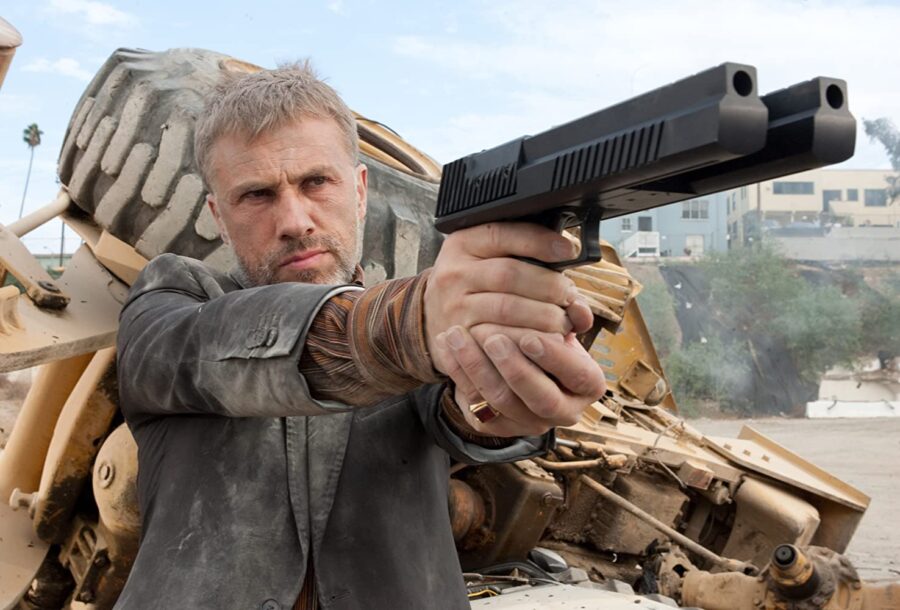
By the time The Green Hornet arrived in theaters early in 2011, it had already been attempted any number of times. Starting in 1992, studios tried their hand at revamping the property, though creative differences, rights issues, and other problems reared their ugly heads over and over again. At different times, George Clooney, Greg Kinnear, and Mark Wahlberg, among others, signed up to play the lead. Jason Scott Lee, who played Bruce Lee in the biopic Dragon, and Jet Li were each going to play Kato—Stephen Chow (Kung Fu Hustle) was going to fill the part, though he had to drop out late in the game and the role then passed to Chou. At different stages, writers like Christopher McQuarrie (Mission: Impossible—Fallout) and Kevin Smith worked on scripts.
One funny bit is director Michel Gondry’s involvement. Universal hired him to helm The Green Hornet in 1997, though he departed as the film failed to materialize. At that point, he was only known as a music video director, working with Bjork, Lenny Kravitz, and even The Rolling Stones. He hadn’t even made a feature film yet. But then he went on to make movies like Eternal Sunshine of the Spotless Mind, The Science of Sleep, and Be Kind Rewind, carving out a place as one of the most inventive filmmakers working.
In 2009, twelve years later, Columbia hired him to direct The Green Hornet, again. This time it stuck.
Known for his unique visual flourishes and an imaginative playfulness, his sense of whimsey shines through in many places. When Kato prepares to battle evil henchmen, his reality slows and stretches in cool ways. Gondry employs interesting technical feats. In one instance, two characters leave one another and a camera follows each in unbroken split-screen shots, only to similarly split again and again, until many smaller frames fill the screen, each a single take branching off from another. He also has opportunities for his trademark quirkiness, like in the climactic battle where Kato and Green Hornet tool around in half a car.
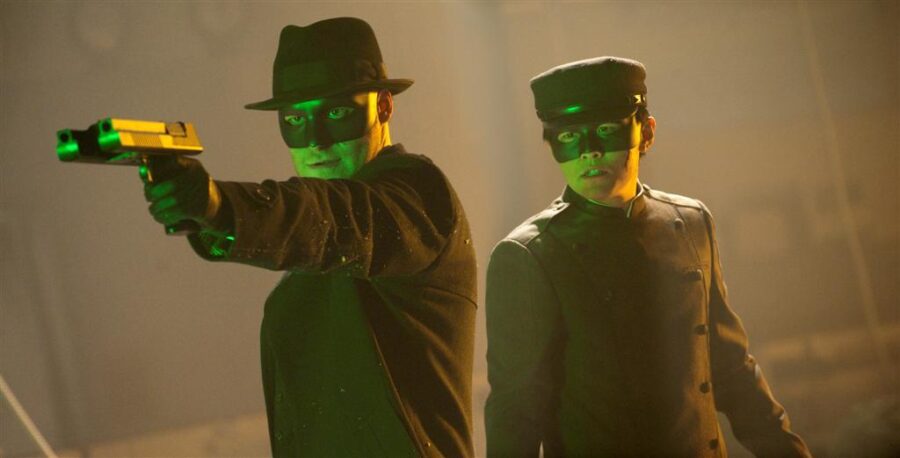
But while The Green Hornet showcases Gondry’s personality as a filmmaker in places, there are also ample times where it’s obviously tamped down and restrained. Though his style pokes through on occasion, enough to provide the film with an interesting air, much of the film looks like boilerplate superhero stuff filmed in a standard, unremarkable fashion.
Considering the situation, it’s not all that surprising. This is a classic case of a studio hiring a filmmaker with a unique style only to hem him in and crush out what makes him special. Much like what happened with Rogen and Goldberg. Gondry’s most successful films are ones he also wrote and helped develop. That wasn’t the case here. He didn’t have as much creative control and it shows.
There were major reshoots and studio interference, and this was also an era where studios post-converted every big tentpole to 3D to boost ticket prices, whether it needed it or not, a move that does not serve the film well. In the end, the finished product is a definite case of too many hands stirring too small a pot. Too many people had a say and it muted the most interesting things about the movie. (It’s telling that Gondry hasn’t worked with an American studio since.)
Still, Gondry and Rogen and Goldberg account for the high points in The Green Hornet. Yes, they’re operating in a constrained, reduced capacity, but enough of their own uniqueness comes through that it keeps the film from being a total dud. This could easily have become another The Shadow or The Phantom, but they infuse the material with enough personality to make up for some of its shortcomings.
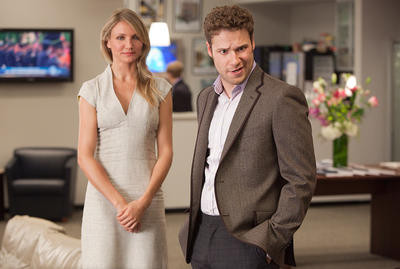
Rogen and Chou have fantastic chemistry, chirping back and forth—and though Chou’s no Bruce Lee, he comports himself admirably in the action scenes and has a mischievous glint in his eye. And with Gondry’s flourishes, there’s a least an undercurrent of unpredictability to the aesthetic—much is bland and not particularly interesting, but on occasion, he pulls a visual rabbit out of the hat
It doesn’t quite fix things like the tedium associated with Cameron Diaz’s Lenore, a useless side note who is a desperate attempt to both create love interest and include a canon character. Seeing Diaz, who can be hilarious, wasted is a shame, as is seeing such a misuse of Christoph Waltz. He’s set up as a terrifying villain, and we all know how casually chilling Waltz can be, only for him to devolve into a cartoonish caricature who just wants people to think he’s cool. He’s neither scary nor campy and the movie never decides what to do with him.
Overall, The Green Hornet, as we know it, is a wildly up and down affair. It’s possible to glimpse what could have been, and with all of these pieces, we were right to hope for more than this. But even with major flaws, it certainly doesn’t deserve its dumpster fire reputation. Yes, it’s messy; yes, it squanders massive potential; yes, it’s bloated and overlong; yes, it’s never going to become a cult classic; but it’s also a decently entertaining, if minor, superhero adventure.
Rumors of another reboot started in 2016, with Gavin O’Connor (The Accountant) set to direct. In early 2020, rumblings began again, and in April 2020, it was reported that Universal is taking another stab at developing an update. They’ve teamed with Amnesia Entertainment for a project called The Green Hornet and Kato. It’s in the nascent stages, but regardless of your feelings on the 2011 film, it’s probably not the last we’ll see of The Green Hornet and Kato on the big screen.









